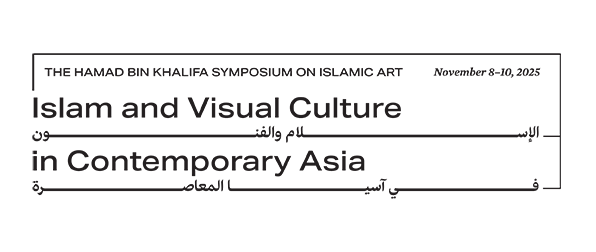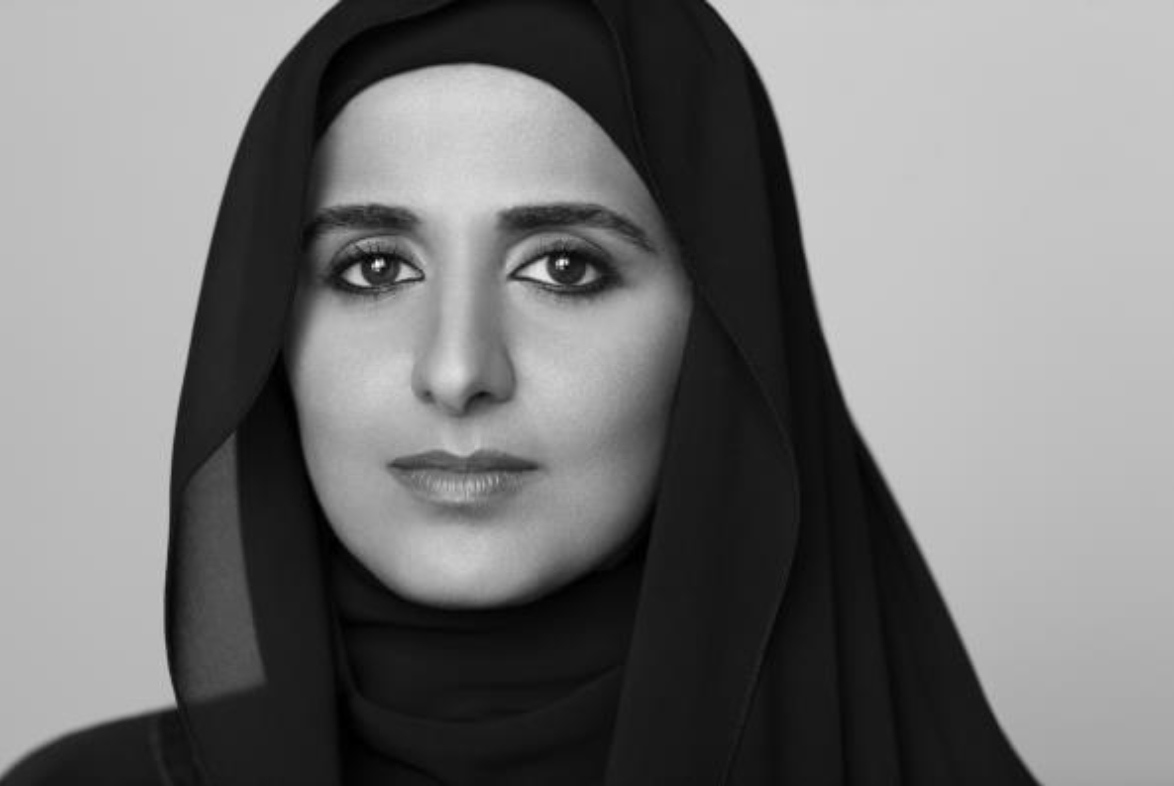
Her Excellency Sheikha Al Mayassa bint Hamad bin Khalifa Al Thani is the Chairperson of Qatar Museums, the Qatar Leadership Center, the Doha Film Institute and is recognized as a leader in the fields of informal and formal education in Qatar. Serving her country in these capacities, she continues to initiate conversations about culture, leadership, philanthropy and education across borders and fields. Through her public work, she is building an exciting future for Qatar in which creativity holds a central place. As a public servant, her objective is to nurture Qatar’s local community, as well as to celebrate Qatar’s diversity through the visual arts as a vehicle for communication. Her interests are focused on human development, cultural regionalism and economic growth, and how culture can act as a catalyst for education, dialogue and exchange.
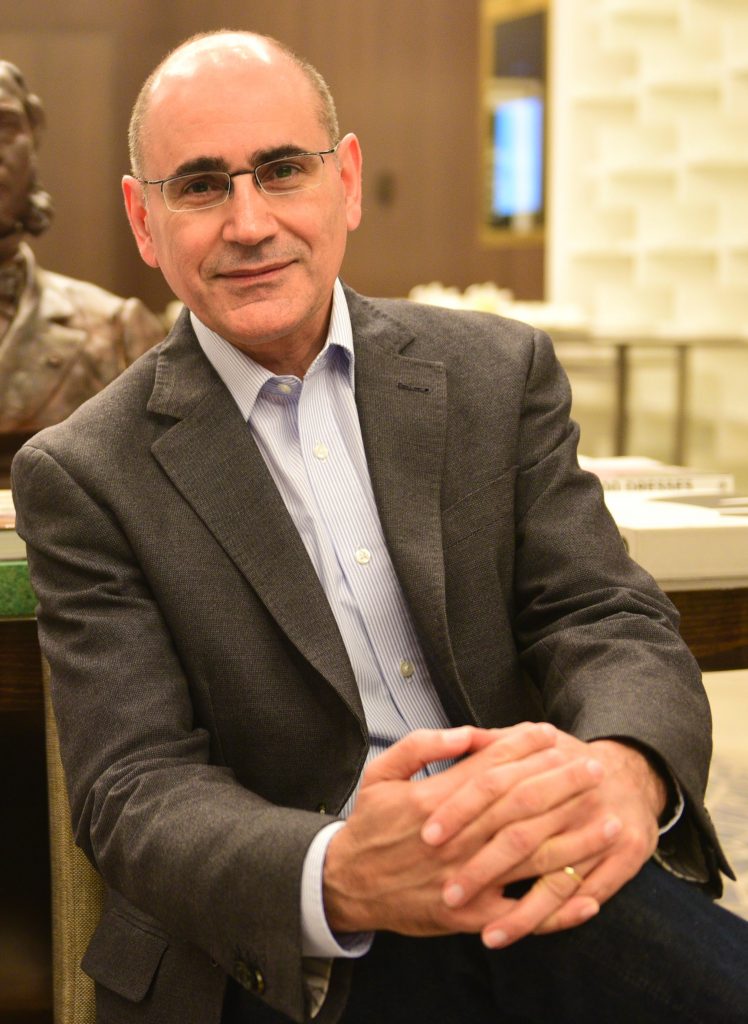
Mohammad al-Asad, Founding Director, Center for the Study of the Built Environment (CSBE), Amman, Jordan
Mohammad al-Asad is an architect and architectural historian. He is the director of the Center for the Study of the Built Environment in Amman (CSBE; www.csbe.org), a private, non-profit think and do tank that he established in 1999. Al-Asad studied architecture at the University of Illinois at Urbana-Champaign and the history of architecture at Harvard University before taking on post-doctoral research positions at Harvard and at the Institute for Advanced Study in Princeton. He taught at Princeton University, the Massachusetts Institute of Technology, the University of Jordan, the German Jordanian University, and the University of Illinois at Urbana-Champaign, where he was the Alan K. and Leonarda Laing Distinguished Visiting Professor. He was also adjunct professor at Carleton University in Ottawa.
Al-Asad has published extensively in both Arabic and English on the architecture of the Islamic world. His most recent book is Shaping Cities: Emerging Models of Planning Practice (2016), which he co-edited with Rahul Mehrotra. He is also the author of Contemporary Architecture and Urbanism in the Middle East (2012), and the editor of Workplaces: The Transformation of Places of Production: Industrial Buildings in the Islamic World (2010).
Al-Asad has appeared in documentary films including Islamic Art: Mirror of the Invisible World (2012), and also led the production of documentary films including Arab Women in Architecture (2014). Al-Asad was a project reviewer for the Aga Khan Award for Architecture between 1989 and 2007, and has been a member of the Award’s Steering Committee for its 2010, 2013, and 2016 cycles. He is a member of the board of directors of the Jordan National Gallery of Fine Arts (part of the Royal Society for Fine Arts).
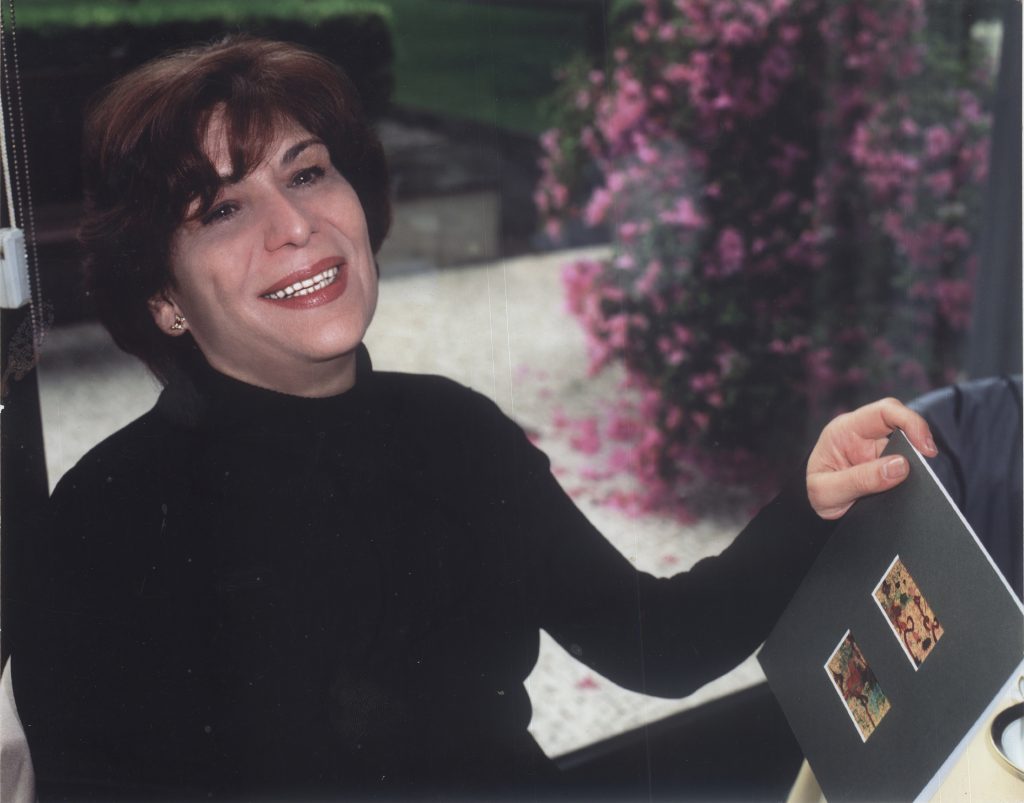
HRH Princess Wijdan (Ali) Al-Hashemi, President of Royal Society of Fine Arts, Jordan
HRH Princess Al-Hashemi founded the Royal Society of Fine Arts (1979), the Jordan National Gallery of Fine Arts (1980), the Higher Institute of Islamic Art and Architecture at Al Al-Bait University, Jordan (1992) and the College of Arts and Design at the University of Jordan (2002). She has published widely on contemporary art from the Islamic world. A graduate and Fellow of the School of Oriental and African Studies, University of London, HRH Princess Al-Hashemi served as Jordan’s Ambassador to Italy from 2006 to 2011.
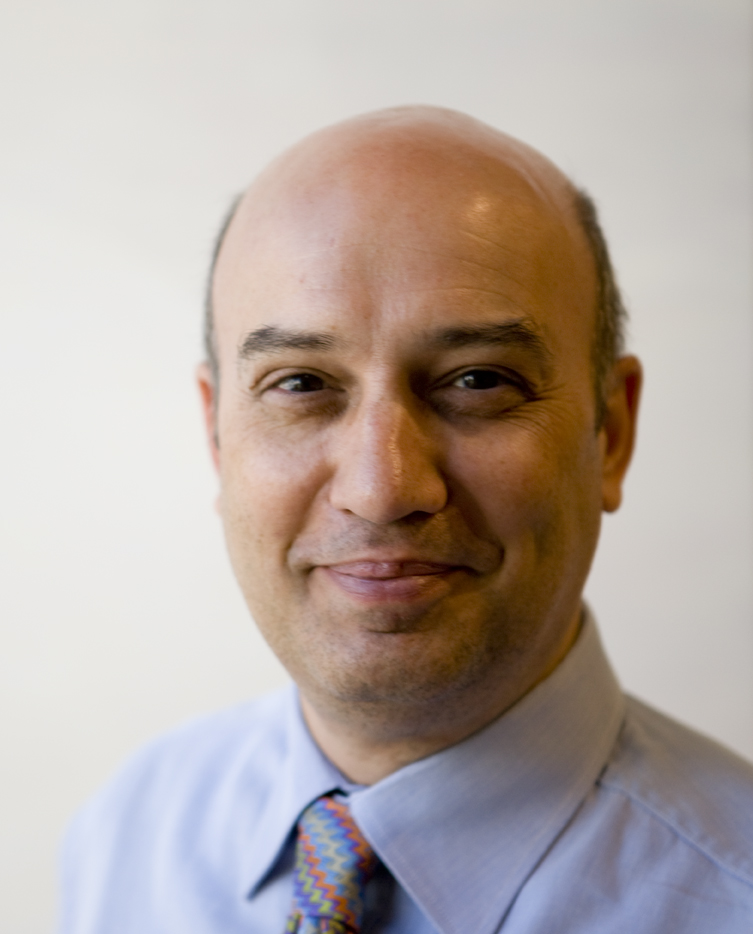
Stefano Carboni, Director and CEO, Art Gallery of Western Australia and Adjunct Professor, Faculty of Architecture, Landscape and Visual Arts, University of Western Australia
Stefano Carboni was appointed Director of the Art Gallery of WA in 2008 after having been curator and administrator of Islamic art at the Metropolitan Museum in New York (1992-2008), where he was responsible for many major exhibitions and catalogues, including Glass of the Sultans (2001), The Legacy of Genghis Khan (2002) and Venice and the Islamic World, 828-1797 (2006-2007). His other books include Glass from Islamic Lands (2001) and the recent The Wonders of Creation and the Singularities of Painting (2015). In New York he taught regular courses in Islamic art at Hunter College and the Bard Graduate Center for the Decorative Arts. In Perth he is Adjunct Professor of Islamic Art at the University of Western Australia and lectures around Australia on a regular basis.
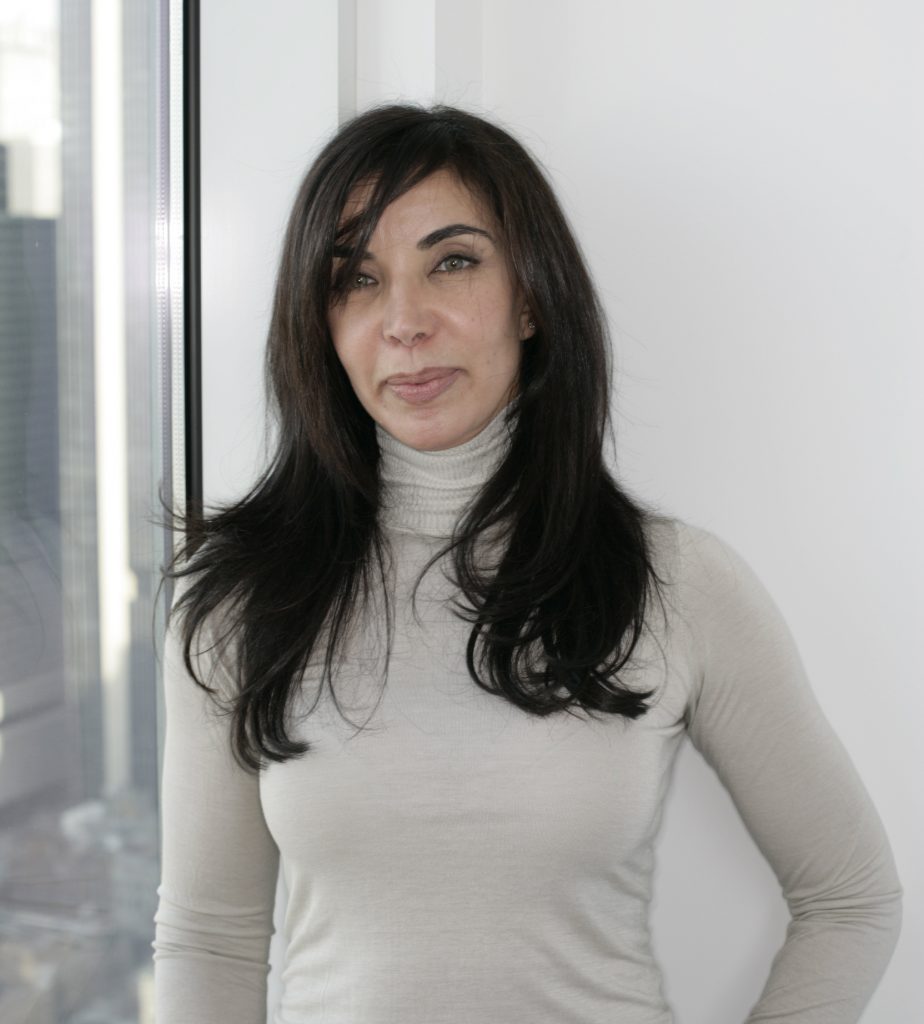
Lalla Essaydi, Independent Artist
Lalla Essaydi’s work, which often combines Islamic calligraphy with representations of the female form, addresses the complex reality of Arab female identity from the unique perspective of personal experience. In much of her work, she returns to her Moroccan girlhood, looking back on it as an adult woman caught somewhere between past and present, exploring the language in which to “speak” from this uncertain space. Her work often appropriates Orientalist imagery from the Western painting tradition, thereby inviting viewers to reconsider the Orientalist mythology. She has worked in numerous media, including painting, video, film, installation, and analog photography. “In my art, I wish to present myself through multiple lenses — as artist, as Moroccan, as traditionalist, as Liberal, as Muslim. In short, I invite viewers to resist stereotypes.”
Crossing Boundaries and expanding ideas of physical and social space are not new challenges for Essaydi. She grew up in Morocco, and lived for many years in Saudi Arabia. She attended classes at l’école des Beaux Arts in Paris, and then moved to Massachusetts, where she received her B.F.A. from Tufts, and later her M.F.A. in 2003 from Boston School of the Museum of Fine Arts, and Tufts University. Currently, she works and resides in the USA and Morocco. Essaydi’s work is represented by Schneider Gallery in Chicago, by Howard Yezerski Gallery in Boston, by Edwynn Hook Gallery in New York City, and by October Gallery in London. Her work is in the permanent collections of a number of art museums, including The Louvre, The British National Museum, Harvard Art Museum, the Fogg Art Museum, Cambridge, The RISD Museum of Art, Williams College Museum of Art, The Art Institute of Chicago and The George Eastman House.
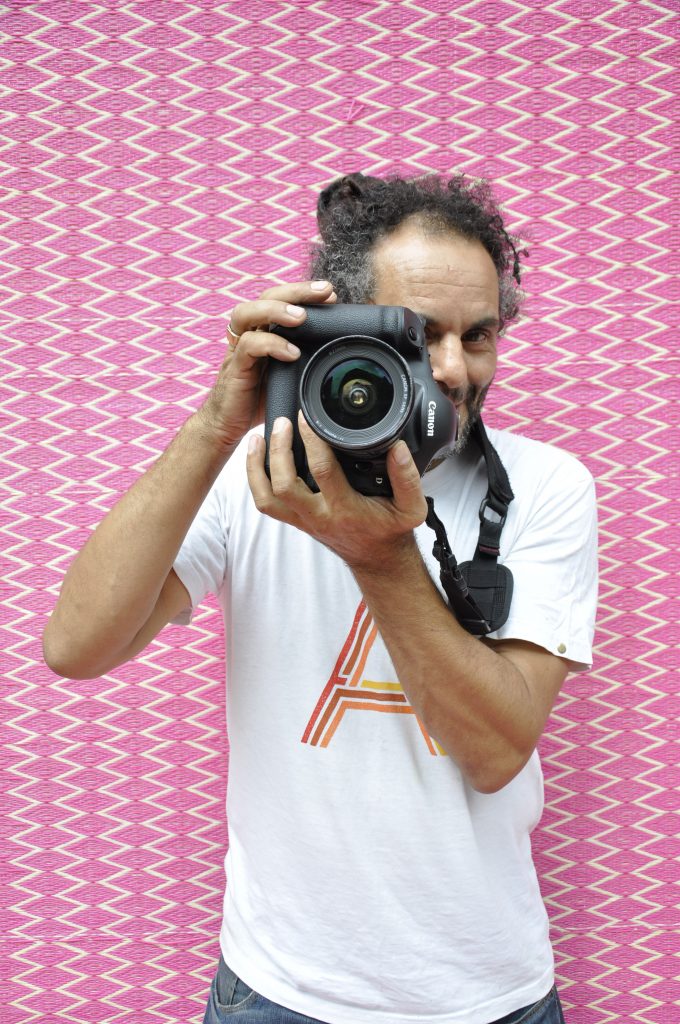
Hassan Hajjaj, Artist/Photographer
Born in Larache, Morocco in 1961, Hassan Hajjaj left Morocco for London at an early age. Heavily influence by the club, hip-hop, and reggae scenes of London as well as by his North African heritage, Hajjaj is a self-taught and versatile artist whose work includes portraiture, installation, performance, fashion, and interior design, including furniture made from recycled utilitarian objects from North Africa, such as upturned Coca-Cola crates as stools and aluminum cans turned into lamps. Turning to photography in the late 80s, Hajjaj began taking studio portraits of friends, musicians, and artists, as well as strangers from the streets of Marrakech, often wearing clothes designed by the artist. These colorful and engaging portraits combine the visual vocabulary of contemporary fashion photography and pop art, as well as the studio photography of African artists, in an intelligent commentary on the influences of tradition in the interpretations of high and low branding and the effects of global capitalism. His work is in the collections of the Brooklyn Museum, the Nasher Museum of Art, the Newark Museum, Los Angeles Museum of Contemporary Art, the Victoria & Albert Museum, the Farjam Collection, Dubai; Institut des Cultures d’Islam and the VMFA. The artist lives and works between London, UK and Marrakech, Morocco.

Linda Komaroff: Curator of Islamic Art and Department Head, Art of the Middle East, Los Angeles County Museum of Art
Linda Komaroff has served as LACMA’s curator of Islamic art since 1995. Her exhibitions at LACMA include The Legacy of Genghis Khan: Courtly Art and Culture in Western Asia, 1256- 1353 (2003); A Tale of Two Persian Carpets (2009); and Gifts of the Sultan: The Arts of Giving at the Islamic Courts (2011). The latter was the first major exhibition on Islamic art organized by an American institution to travel to the Middle East, to the Museum of Islamic Art, Doha (2012). Among her contemporary exhibitions at LACMA are: Islamic Art Now: Contemporary Art of the Middle East, Part 1 (2015) and Part 2 (2016), and ‘Abdulnasser Gharem: Pause (2017). Combining historical and contemporary art, her next international loan exhibition for LACMA, In the Fields of Empty Days: The Intersection of Past and Present in Iranian Art, is scheduled for 2018. She is the author or editor of several books and exhibition catalogues, and has written numerous articles and book chapters on various aspects of Islamic art. She was closely involved with LACMA’s acquisition of the Madina Collection of Islamic Art in 2002, which in combination with the museum’s already existing collection of Islamic art, gives Los Angeles one of the most significant collections worldwide; in 2006 she began to acquire and exhibit contemporary art of the Middle East, placing LACMA’s collection at the forefront of American museums.
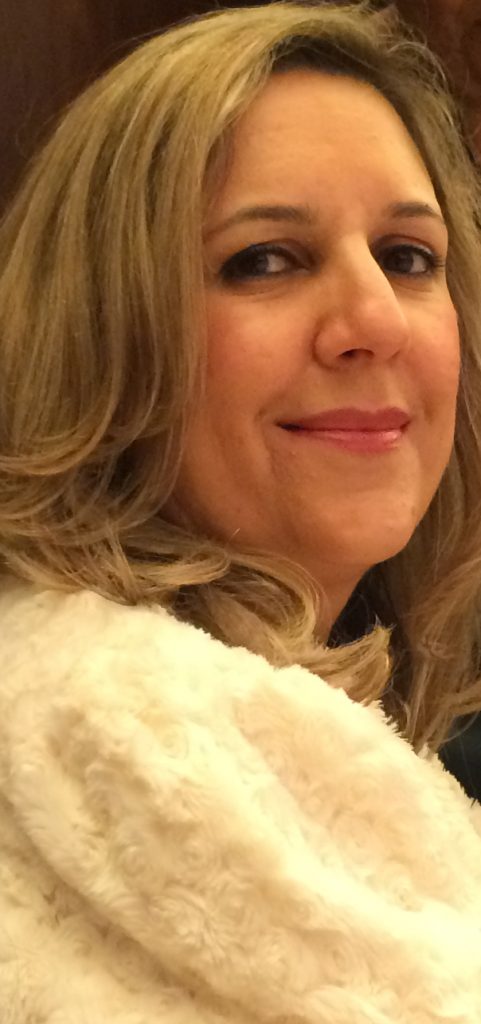
Nacim Pak-Shiraz, Head of Islamic and Middle Eastern Studies and Senior Lecturer in Persian and Film Studies at the University of Edinburgh
Dr Nacim Pak-Shiraz joined the University of Edinburgh in 2010 and is Senior Lecturer in Persian and Film Studies and Head of Islamic and Middle Eastern Studies. She completed her PhD at the University of London’s School of Oriental and African Studies and was previously Lecturer at the Institute of Ismaili Studies in London. She writes widely on Iranian cinema including on genre, constructions of masculinity and religious epics and is the author of Shi‘i Islam in Iranian Cinema: Religion and Spirituality in Film (2011).

Venetia Porter, Assistant Keeper (Curator), Islamic and Contemporary Middle East Art, British Museum
Venetia Porter is a curator at the British Museum. She holds a PhD in the medieval history and architecture of Yemen. Over the last two decades she has been responsible for building a collection of the modern and contemporary art of the Middle East for the museum. She has curated two major exhibitions: Word into Art: Artists of the Modern Middle East (2006) and Hajj: Journey to the Heart of Islam (2012). She is currently lead curator for the Albukhary Foundation galleries of the Islamic World at the British Museum. Her publications include Islamic Tiles (1995), Arabic and Persian Seals and Amulets (2011), catalogues relating to the aforementioned exhibitions, and numerous articles on a variety of subjects from Arabic epigraphy to contemporary art.
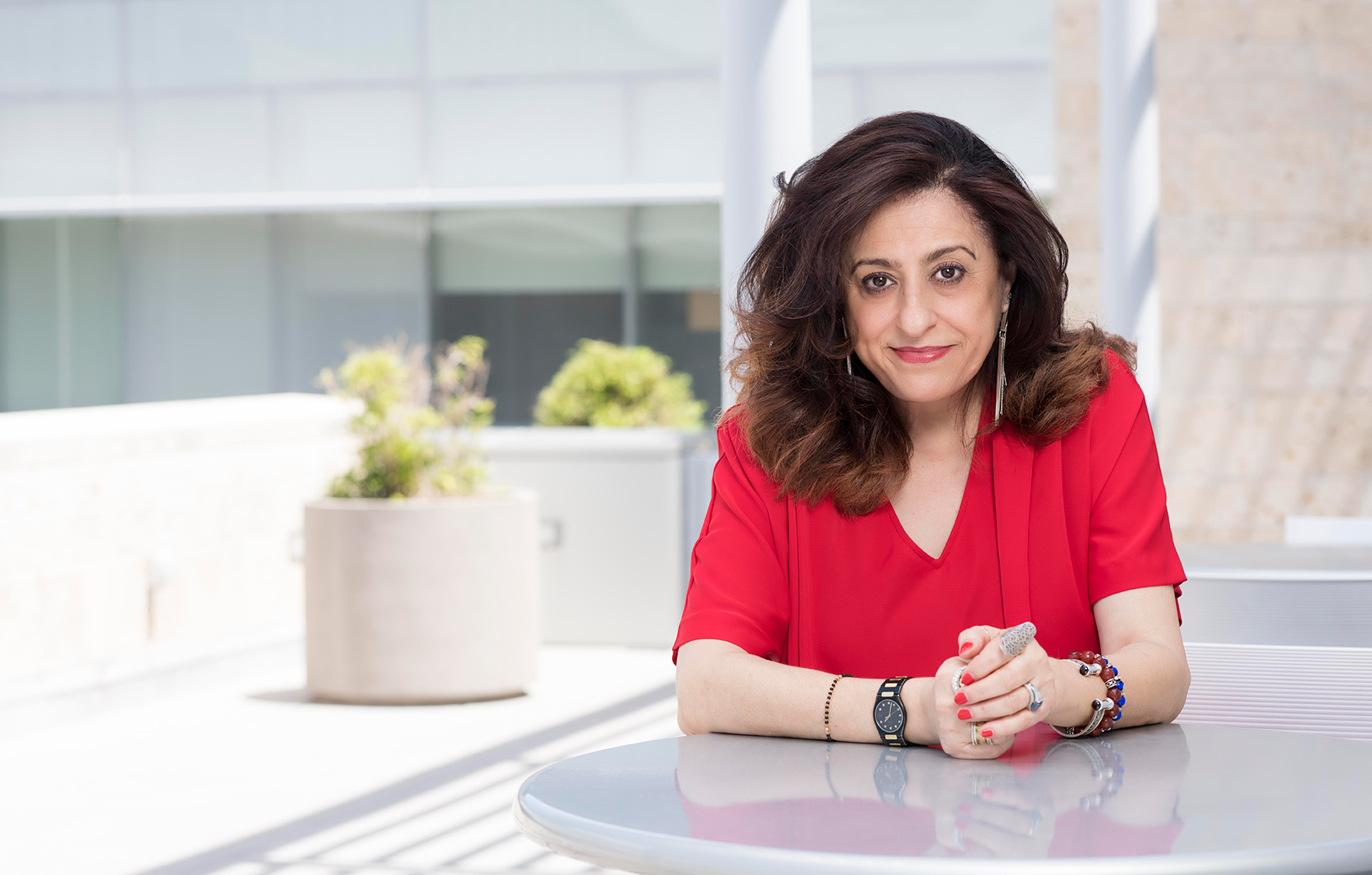
Nada Shabout, Professor of Art History and the Director of the Contemporary Arab and Muslim Cultural Studies Initiative (CAMCSI), University of North Texas
Nada Shabout is the founding president of the Association for Modern and Contemporary Art from the Arab World, Iran and Turkey (AMCA). She was the Consulting Founding Director of Research at Mathaf: Arab Museum of Modern Art, Doha, and the editor-in-chief of the Mathaf Encyclopedia of Modern Art and the Arab World. In 2010, she led Mathaf’s curatorial team of the inaugural exhibition Sajjil: A Century of Modern Art, and curated Interventions: A Dialogue between the Modern and the Contemporary. She has co-curated with Zainab Bahrani Modernism and Iraq at the Wallach Art Gallery, Columbia University, 2009, and curated the traveling exhibition, Dafatir: Contemporary Iraqi Book Art, 2005-2009. She is the author of Modern Arab Art: Formation of Arab Aesthetics (2007); co-editor with Salwa Mikdadi of New Vision: Arab Art in the 21st Century (2009); and currently co-editing with Anneka Lenssen and Sarah Rogers the forthcoming volume Modern Art of the Arab World: Primary Documents, part of the International Program at the Museum of Modern Art, New York, 2017. She is the founder and project director of the Modern Art Iraq Archive (MAIA); a member of the editorial committee of the Middle East Research and Information Project (MERIP) and member of the International Editorial Advisory Board and subject editor for the Routledge Encyclopedia of Modernism (REM). Her awards include: The American Academic Research Institute in Iraq (TAARII) fellow 2006-2007; MIT visiting Assistant Professor, spring 2008, and Fulbright Senior Scholar Program, 2008 Lecture/Research fellowship to Jordan.
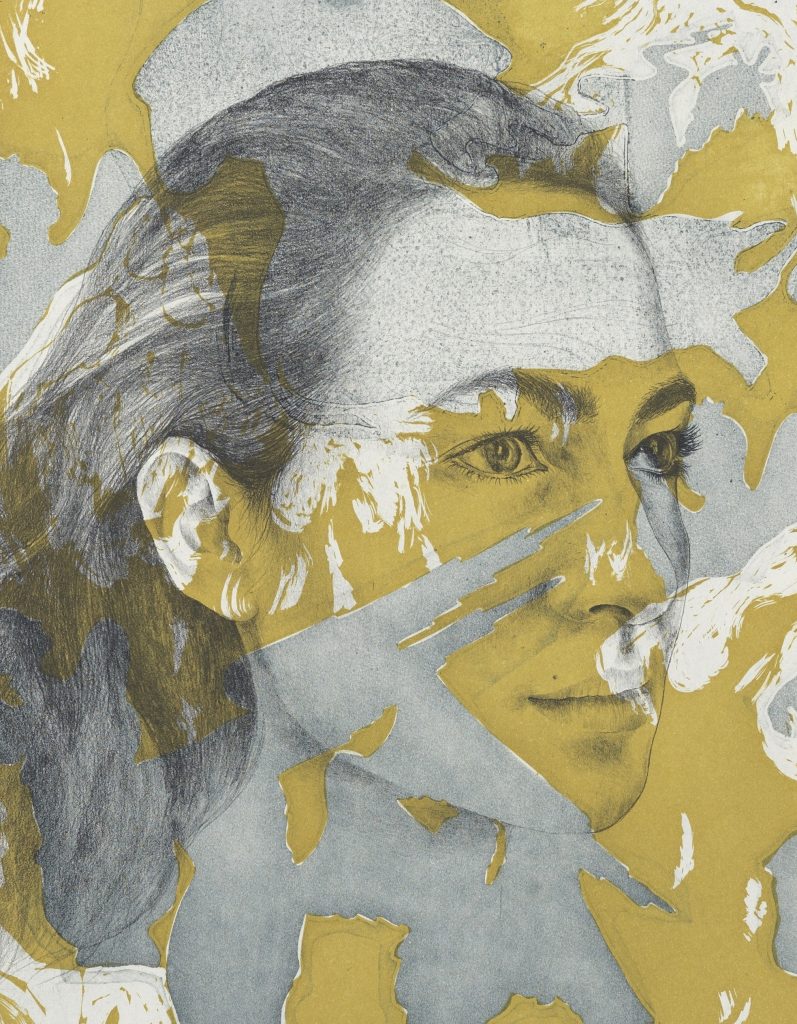
Shahzia Sikander, Artist
Sikander is a Pakistani-American artist best known for contemporizing the traditional Indo-Persian discipline of miniature painting. Sikander took up the craft-based practice of miniature painting in Pakistan in the late 1980s amidst the oppressive climate of ZiaulHaq’s military regime at a time when the medium was unpopular for that generation’s youth. Sikander’s innovative conceptual and formal expansion on this traditional genre has helped launch a major resurgence of work with miniature at her alma mater, the National College of Arts in Lahore and throughout the international arena, inspiring transnational attention on the idiom as a form of contemporary expression. Her work includes digital animation, video, performance, large-scale murals, installation, projection, and works on paper. Her work is among the permanent collections of the Museum of Fine Arts, Boston, the Whitney Museum, The Museum of Modern Art, the Museum of Contemporary Art Tokyo, Palazzo Grassi in Venice, the KiranNader Museum in India, MAXXI National Museum of 21st Century Arts in Rome, the Walker Art Center, the Princeton Art Museum and the San Francisco Museum of Modern Art among others. Sikander is the recipient of Asia Society’s award for significant contribution to contemporary art, the Medal of Art from the US State Department, the DAAD Berliner, the Medal of Excellence from Government and State of Pakistan, the Louis Comfort Tiffany award, the Joan Mitchell award and the MacArthur “genius” grant.
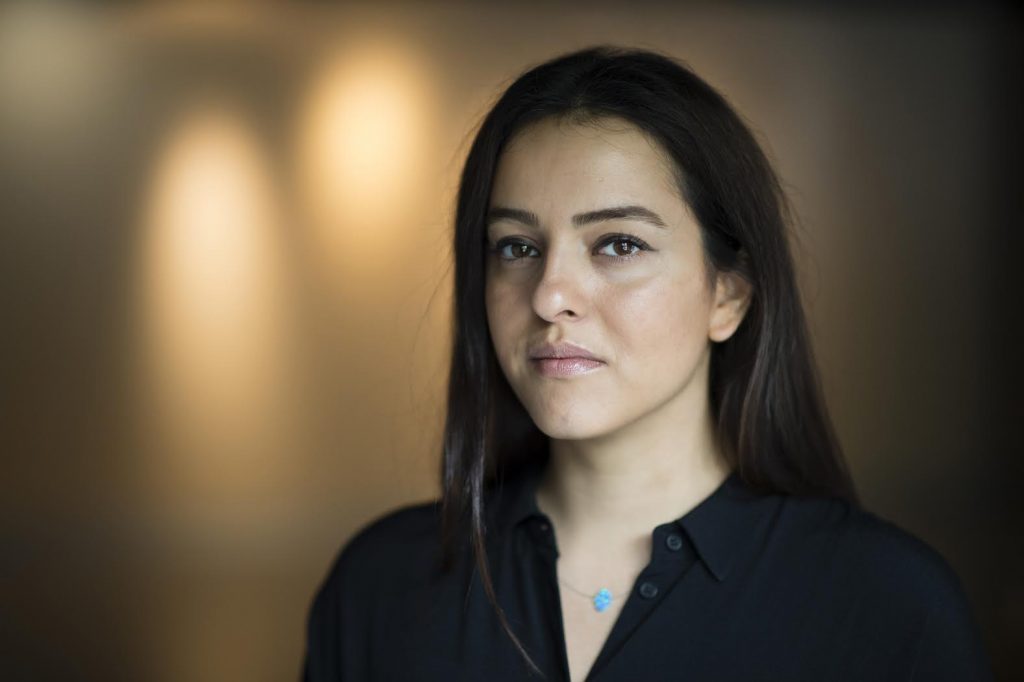
Newsha Tavakolian, photojournalist and documentary photographer
A self-taught photographer, Tavakolian began working professionally in the Iranian press at age of 16. Her work has been displayed in dozens of international art exhibitions and has been on show in museums such as the Victoria & Albert, LACMA, the British Museum and the Boston Museum of Fine Arts. In 2014 she was chosen as the fifth laureate of the Carmignac Gestion Photojournalism Award, and in 2015 was chosen as the principle laureate of the Prince Claus Award. In 2015, Tavakolian became a Magnum nominee.
